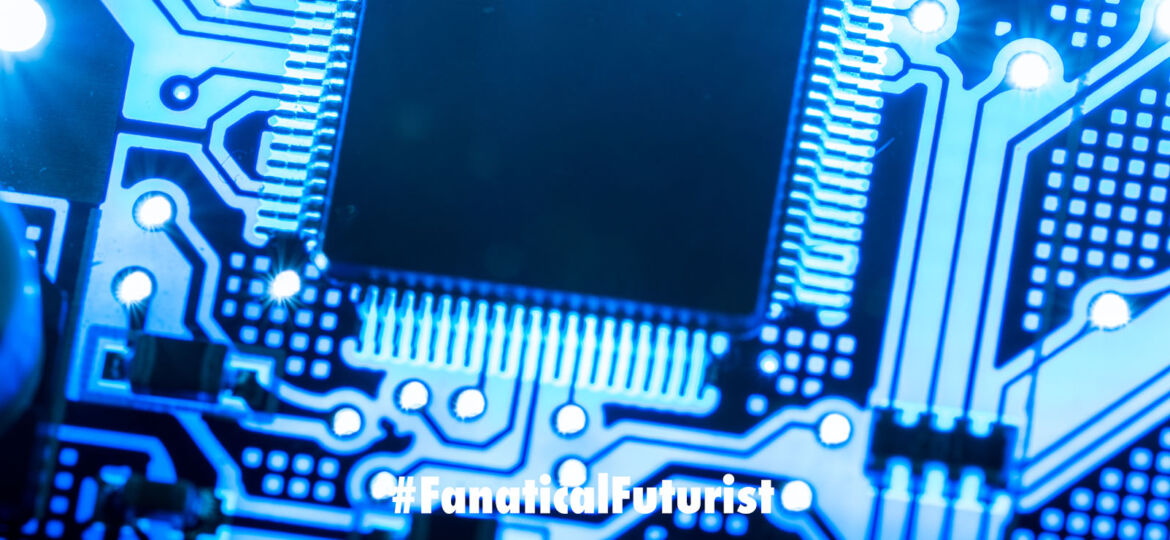
WHY THIS MATTERS IN BRIEF
Being able to 3D print products made out of one material on demand is a game changer, but being able to use multiple materials and embed electronics into those products will be nothing short of revolutionary.
 Interested in the Exponential Future? Connect, download a free E-Book, watch a keynote, or browse my blog.
Interested in the Exponential Future? Connect, download a free E-Book, watch a keynote, or browse my blog.
Recently I talked about the development of a lightening fast revolutionary multi-material 3D printer from Harvard University that, among other things can 3D print funky looking soft robots and breaks us free of having to only 3D print objects using one material – a breakthrough that opens up a whole new world of possibilities when it comes to helping us 3D print more complex objects that are made of out multiple materials such as, well, everything really.
Over the past couple of decades there’s been a huge amount of interest in being able to 3D print conductive and semi-conductive materials, in other words, electronics, into materials, for obvious reasons. Imagine, for example, being able to 3D print a human heart that can restart itself in the event of a heart attack and you’ll get the allure and the potential, or a smartphone that can be printed all at once as one single unit – and these are just two fascinating examples among millions of potential possibilities.

Demonstrator device consisting of a printed battery as well inkjet-printed silver conductors embedded in an inkjet-printed polymer body.
3D printing is what’s known as an additive technology, it manufactures 3D objects by printing them in layers. But despite this 3D printing objects that have embedded electronics is still a field that’s in its infancy. Up until now the main struggle has been the ability to simultaneously combine multiple materials together into the same 3D object, now though a research team from Chemnitz University of Technology and the Fraunhofer ENAS Institute in Chemnitz, Germany, have published a study in Advanced Engineering Materials detailing how the team used a combination of inkjet and screen printing to develop electronic 3D printed objects.
Screen printing was originally developed to print batteries used as a power source for a solid state LEDs, and at the time inkjet printing was used to deposit the silver electrodes and metal pillars that acted as vertical interconnects on the glass slides.
During their research the team exploited these two printing methodologies to create a 3D multi-material printer that let them print metal traces and insulating polymers into complex and functional 3D electronic objects. The objects consisted of both conductive nanoparticle based materials as well as of non-conductive polymer materials.
Following their success the team want to improve the technology and are optimistic that their new approach will have a bright future in the field of 3D printed electronics and microelectronics, including totally printed, multi-layered circuit boards, and many more complex devices.
















